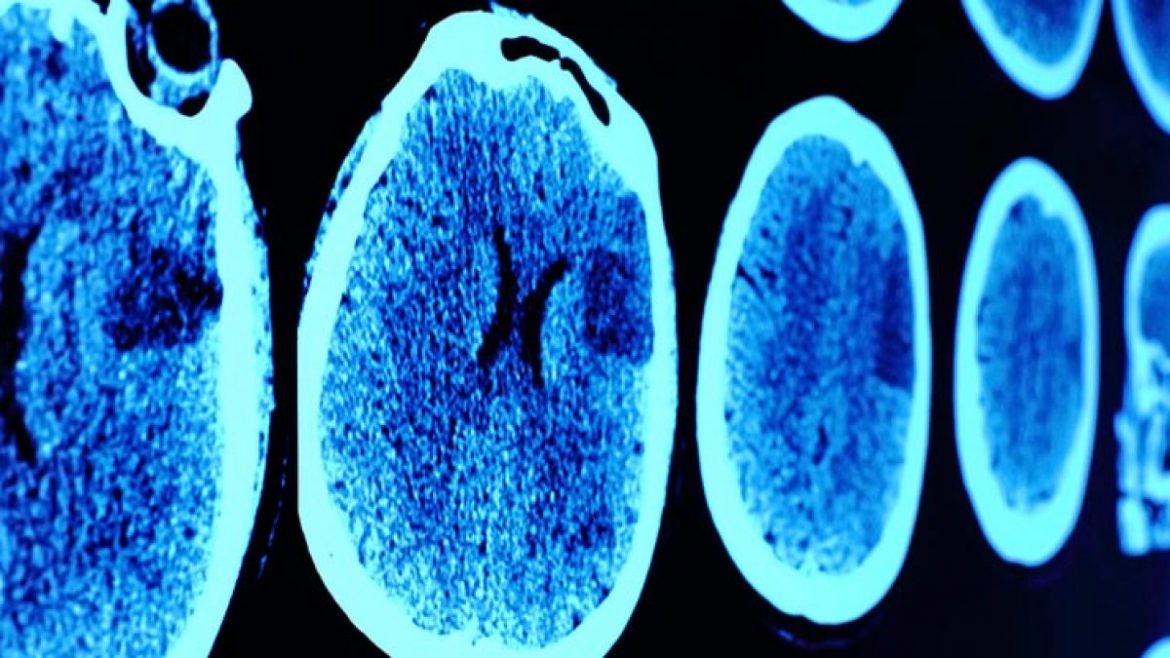Despite significant advances, brain tumour mortality remains high, with five-year survival rates of 36%, according to the National Cancer Institute.
More precise diagnoses may be beneficial, but tissue samples are invasive and might miss important information about the nature of a tumour. Meanwhile, imaging-based techniques are inadequate in terms of sensitivity and resolution. Researchers have developed a biosensor that might aid medics in properly diagnosing brain cancer from a little blood sample, according to a paper published in ACS Nano.
To successfully treat brain cancer, physicians must not only verify the presence of a malignant tumour, but also whether it originated in the brain (the main tumour) or spread there from other organs (the secondary tumour).
Physicians must also understand where the tumour is located within the organ. Bo Tan and colleagues set out to develop a noninvasive test that needs a tiny quantity of serum because no existing diagnostic process can achieve this feat without invasive surgery or a painful spinal tap.
Using high-intensity laser beams, the researchers created 3D nickel-nickel oxide nanolayers on a nickel chip. This approach produced an ultrasensitive biosensor, allowing them to detect minute quantities of tumor-derived components such as nucleic acids, proteins, and lipids that passed the blood-brain barrier and entered the circulation. The sensor recognised these components using surface-enhanced Raman spectroscopy, which produced molecular profiles, or fingerprints, for each sample.
The researchers then utilised a DEEP neural network to detect signs of a brain tumour, classify it, and estimate its location throughout the brain.
The liquid biopsy platform was utilised by the researchers to detect brain cancer from just five microliters of blood serum, and they were able to distinguish it from breast, lung, and colorectal cancer with 100% specificity and sensitivity. They were relatively successful in distinguishing primary brain tumours from secondary brain tumours that had migrated to the brain from the lung or breast.
The researchers were also able to locate the tumor’s location in one of nine brain compartments with 96% accuracy using profile analysis. The noninvasive nature of the test, according to the researchers, might allow healthcare practitioners to watch cancer growth over time and make better treatment decisions.





